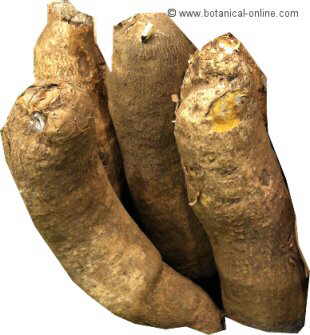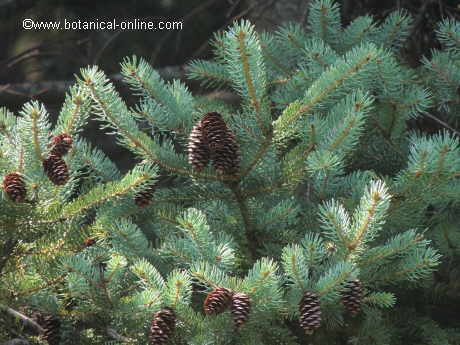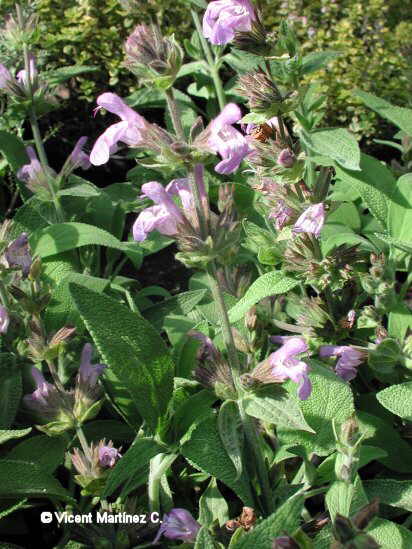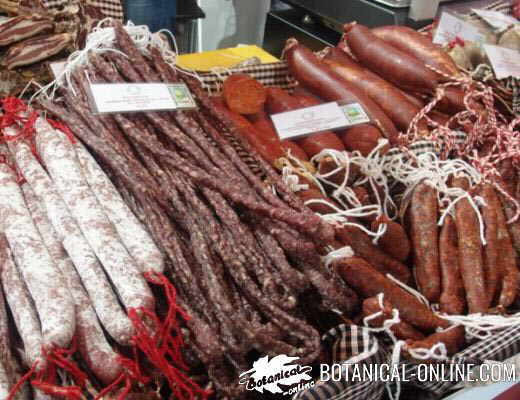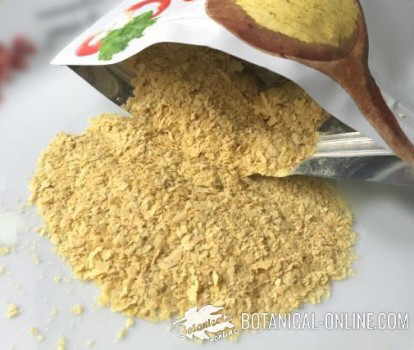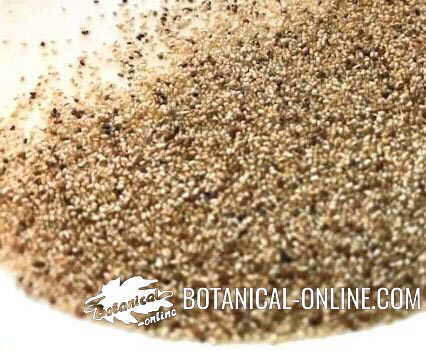Contents
- 1 How seeds germinate
- 1.1 What is seed germination?
- 1.2 What is the dormancy or lethargy period of the seeds?
- 1.3 Usefulness of the dormancy period in the seeds
- 1.4 How long can seeds last without germinating?
- 1.5 Examples of seed dormancy period
- 1.6 How does the latency period stop?
- 1.7 What are viable seeds?
- 1.8 What makes the seeds germinate?
- 1.9 Seed germination temperature
- 1.10 Seed germination moisture
- 1.11 Oxygen and carbon dioxide during germination
- 1.12 Amount of light for germination to occur
How seeds germinate
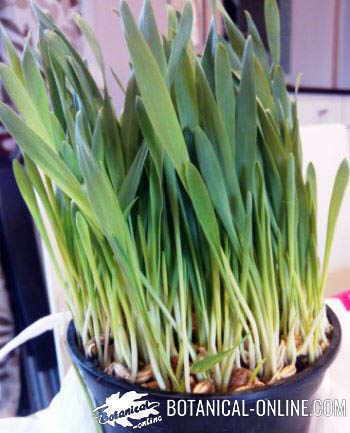
What is seed germination?
Germination is the process by which the seed passes from a state of rest or dormancy to a state of activity. Germination is a process that must take place at the right time and in the right place.
What is the dormancy or lethargy period of the seeds?
The seeds, after ripening within the fruits, and being dispersed by the wind or by the animals, are located somewhere where they remain apparently inactive for a period of time. This period of time, in which the seeds appear to be asleep, is called the latency period.
Usefulness of the dormancy period in the seeds
The latency period is necessary in some cases because the seed is still immature and needs a series of chemical changes to occur inside that end its maturation. Other times, it is necessary that the environmental and soil conditions soften the outer part of the seed so that the radicle is able to break it and can go outside. For example, some seeds such as chia or flax have a lot of mucilage in their outer layer, to absorb moisture and hydrate.
How long can seeds last without germinating?
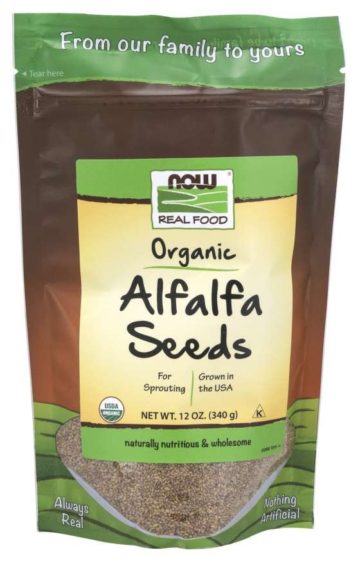
The dormancy period of the seeds depends on the type of species in question. In some species, the seeds remain inactive for a short period of time, other times, during that period the seeds rot by some infection. In other cases, germination can wait hundreds of years.
Examples of seed dormancy period
For example, the seeds of desert plants can remain asleep for many years in the sand. They are able to detect when it rains enough to be able to grow properly after germinating, so that they will only germinate when they have detected that the downpour has been abundant enough.
On the other hand, it has been proven that some seeds such as willow should germinate after a few days after falling from the tree. Otherwise, they rot on the ground.
Lotus seeds have also been found in the tombs of the Egyptians that maintained their germination capacity after 3,000 years of being deposited there. The same happened with the popular wheat kamut, which there are theories that say it was obtained from an Egyptian tomb.
It is said that coconut palms and other plants that live in or near water, can travel floating by sea long distances before reaching land in a different place from the starting point, where, free from competition, they are available to germinate.
How does the latency period stop?
In many plants, the end of the latency period is caused by environmental changes in temperature or humidity, which is actually indicative of seasonal changes in nature or of more favorable conditions for growth.
In agriculture, when you want to sow, there are seeds that need the application of temperature to activate, what is called stratification of the seeds.
What are viable seeds?
A seed is said to be viable when it still maintains its ability to germinate during its dormancy period. The average viability of the seeds is estimated to be about 5 or 25 years. When the seeds are exposed to low temperatures, humidity or oxygenation, their viability increases. For this reason, in horticulture, gardening or agriculture, the seeds undergo a treatment and conservation conditions that allow them to be kept in better conditions for the time of planting.
What makes the seeds germinate?
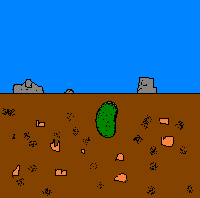
Among the factors that influence the germination process are:
- Temperature
- Humidity
- Oxygen and carbon dioxide
- Light
Seed germination temperature
The seeds need an adequate temperature to germinate. Each seed usually has an ideal temperature so that germination occurs in the best conditions. For example:
- Mediterranean climate seeds: In general, most of the seeds of Mediterranean climates prefer average temperatures to germinate that are between 15 and 25 ° C.
- Seeds from cold places: They germinate best between 5 and 15 ° C
- Seeds of tropical climates: They prefer higher temperatures. Thus, for example, the ideal germination temperature of chard is 18 to 22 ° C. However, they can germinate with a minimum temperature of 5ºC and a maximum temperature of 35ºC.
- Seeds of mountain species: Many mountain species can germinate at temperatures of 0ºC. In general, it has been proven that germination benefits from changing temperatures between day and night, provided that these variations remain constant.
As we have mentioned, each seed has a particular ideal temperature, that sometimes does not follow the general rule. A melon seed, for example, has an ideal germination temperature of 28 to 30 ºC, although it can germinate with a maximum temperature of 45 ºC.
Seed germination moisture
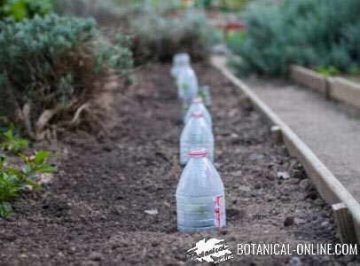
Moisture consists in providing the amount of water necessary for germination to occur. During the dormancy period, the seeds are very dehydrated, that is, they contain very little water. Dehydration is necessary for the seeds to remain “lethargic.”
When the seeds are hydrated with soil moisture, they absorb water. If the seeds are also exposed to a suitable temperature and oxygenation, germination occurs.
To promote germination, many seeds are subjected to a soaking or activation process that accelerates germination and allows a greater number of seeds to germinate.
Oxygen and carbon dioxide during germination
Oxygen (O2) and carbon dioxide (CO2) are necessary to activate a series of metabolic processes that initiate growth. For example, oxygen activates a series of enzymes necessary to transform seed starch into products that can be used for the growth of the future plant.
The seeds of terrestrial plants need to have much more oxygen than carbon dioxide in order to germinate (22% versus 0.03%). However, plants that live in aquatic environments need to have a high amount of carbon dioxide (up to 8%). Oxygen absorption is related to temperature and humidity.
At a higher temperature, oxygen is less soluble in water and the seed absorbs it with greater difficulty. The increase in humidity decreases the absorption of oxygen. When the humidity is excessive, the seed cannot germinate and develops many diseases.
Amount of light for germination to occur
Light may be a necessary factor to accelerate germination in some plants, as with some vegetables, such as celery; in others, light does not affect the germination process.
Farmers, gardeners or horticulturists know from their own experience the importance of sowing in a timely manner and under certain conditions for proper germination to occur. They know that it is not the same to sow at the bottom of the groove, than on top of the ridge, or than on the sides of it. Sowing in one way or another modifies the degree of humidity and oxygenation. Since each crop requires different figures, sowing in one way or another can influence the subsequent development of the seedling.
* Related information:
– How to disinfect seeds before sowing
![]() More information on seeds
More information on seeds

